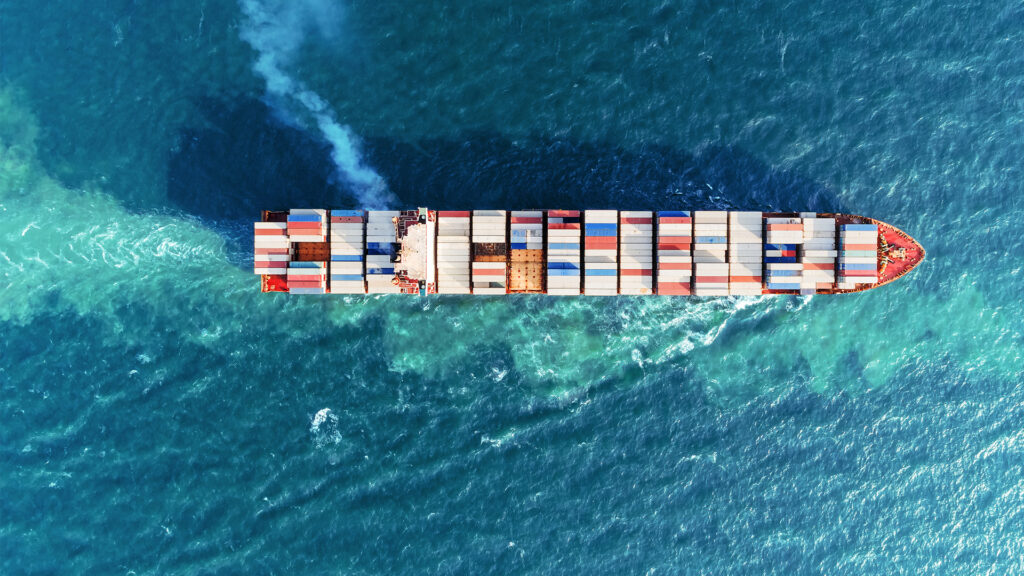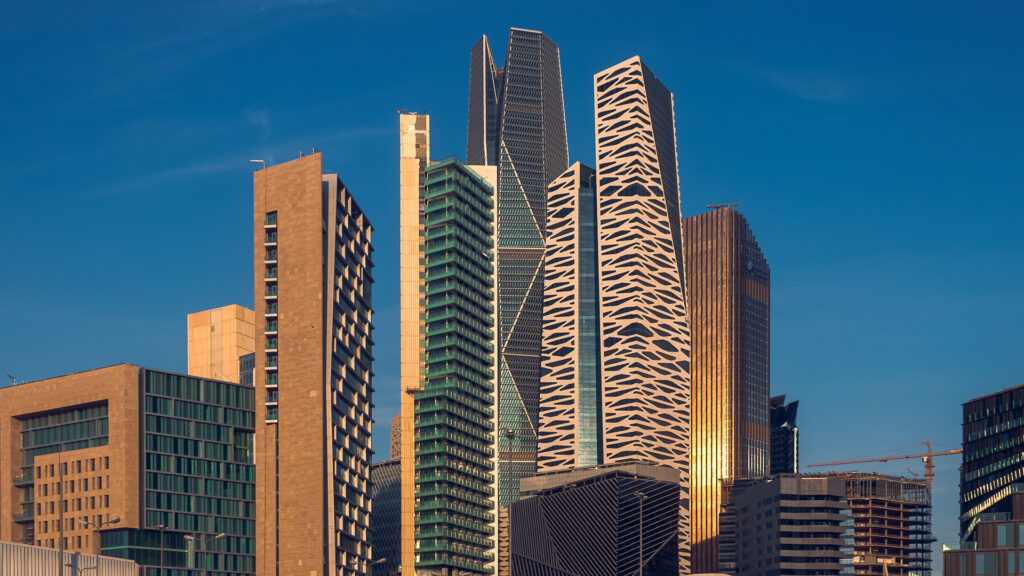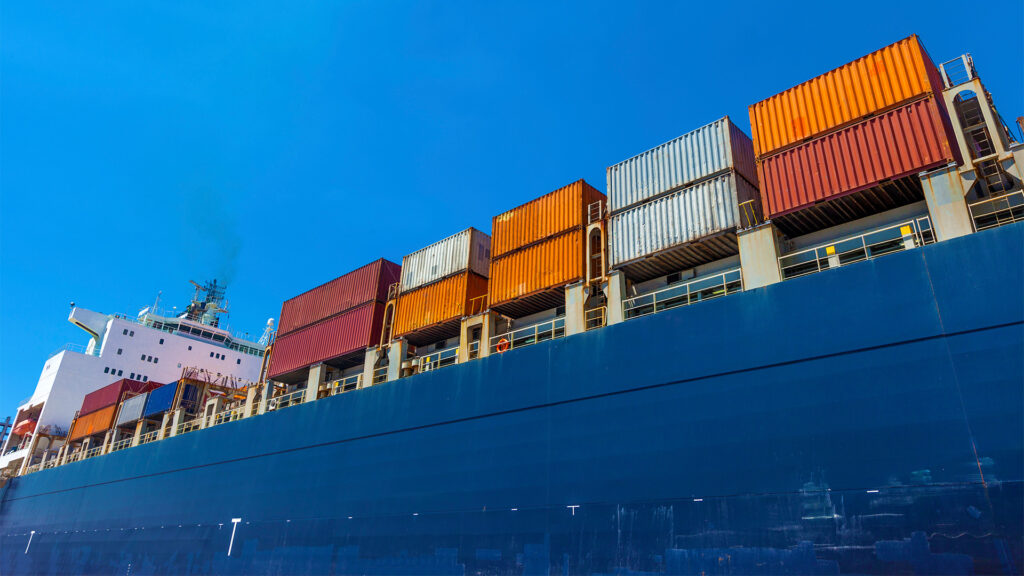LNG Bunkering in the Baltic Sea – A question of when, not if?
In this further article on issues affecting the maritime industry in the Baltic Sea (our previous articles can be found here and here), we look at market developments regarding Liquefied Natural Gas (LNG) as bunker fuel.
Market interest in LNG bunkering, both in the Baltic Sea and the rest of the world, is by no means a recent development. Back in 2015, for example, Lithuanian terminal operator Klaipedos Nafta and LNG supplier Bomin Linde (since renamed Nauticor) entered into a memorandum of understanding to jointly develop the LNG fuel market, including the necessary infrastructure, in the Baltic Sea. Over the last few years, oil and gas supermajors have also labelled LNG bunkering as a major source of business growth.
With ship owners and operators in the Baltic Sea already complying with sulphur oxide (SOx) emissions limits pursuant to MARPOL Annex VI (see our first article), and with a global limit coming into force from 1 January 2020, there is continued focus on LNG. The SOx specification of LNG commonly seen in sale and purchase agreements is about 0.004% m/m, well below the 0.1% m/m limit in the Baltic Sea, and LNG is also compliant with forthcoming rules on nitrogen oxide emissions. LNG is also attractive in terms of cost, being competitive with traditional marine fuel oil and cheaper than MARPOL-compliant, low-SOx fuel.
In simple economic terms, for the use of LNG as marine fuel to continue to develop in the Baltic, there must be concurrent growth in both supply and demand. On the supply side, port infrastructure to store LNG and bunker vessels are required. On the demand side, shipowners need to introduce more LNG-fuelled vessels into the market, both through newbuildings and the conversion of existing ships.
This development of both supply and demand within the Baltic Sea is indeed occurring. In March 2017 a new LNG bunkering network led by Klaipedos Nafta was established, called the Blue Baltics project. The goal of the project, which is supported by the Baltic Ports Organization and also involves Lithuania, Sweden, Estonia and Germany, is to develop a “maritime LNG mobile multifunctional refilling station” (MMRS), which will connect a floating regasification and restorage unit (FRSU) to the port of Klaipeda in order to enable LNG bunkering. Ship-to-ship transfer of LNG bunker fuel has also come to the Baltic, with the first such transfer occurring in the Northern Kattegat between Frederikshavn and Gothenburg in September 2017.
More LNG-fuelled vessels are also being introduced to the Baltic Sea. This year will see the introduction of further newbuild LNG-fuelled tankers and ferries, and newbuild LNG?fuelled cruise ships are scheduled to be introduced in the next few years. Furthermore, in August 2017 the German Federal Ministry for Transport and Digital Infrastructure launched a new programme that will subsidise German shipping companies wishing to construct new LNG-fuelled vessels and convert existing vessels. The world’s first containership to be converted to run on LNG has already been re-launched under the programme. According to the LNG supplier Titan LNG, around 11% of all newbuild contracts in 2017 were for ships powered by LNG, and research consultancy Energy Aspects estimates that the number of LNG?fuelled ships will reach 200 globally by 2020.
On a global level, there is still a long way to go for LNG bunkering to truly compete with traditional marine fuel oil. The number of existing and ordered LNG-powered vessels still only reflects a fraction of the global fleet, and demand for LNG as marine fuel will be relatively small for the next few years at least. However, the development of LNG power and infrastructure in and around the Baltic Sea is clearly leading by example.
New challenges await shipowners and operators as LNG power spreads through the market. For example, there is the issue of supply. Whilst there is currently a global glut of LNG, Bloomberg New Energy Finance estimates that this will turn to a shortage after 2025. With some estimating LNG bunker fuel demand reaching up to 50 million tons per annum by 2030, sourcing enough LNG to power vessels could be a challenge. Ship operators looking to expand their LNG-fuelled fleets will also need to comply with the necessary safety regulations, such as the IMO International Code of Safety for Ships using Gases or other Low-flashpoint Fuels.
HFW has been at the forefront of the development in the LNG market since its inception. Our lawyers have been instrumental in defining the market standard in a number of LNG related contracts and legal structures, and today we have a large team of lawyers with specialised LNG experience.
For further information, please contact the authors of this briefing:
Alex Kemp
Partner, London
T?+44 (0)20 7264 8432
E?alex.kemp@hfw.com
Gudmund Bernitz
Senior Associate, London
T?+44 (0)20 7264 8413
E?gudmund.bernitz@hfw.com
Joseph Malpas
Associate, London
T?+44 (0)20 7264 8497
E?joseph.malpas@hfw.com
Download a PDF version of ‘LNG Bunkering in the Baltic Sea – A question of when, not if?’












